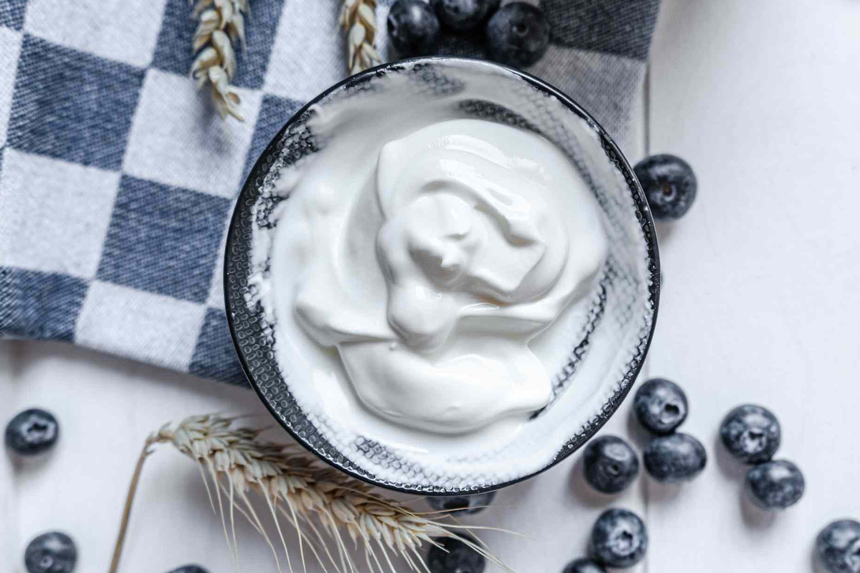Yogurt

Full-fat natural yogurt is a rich source of probiotic bacteria, essential for maintaining gut health and improving digestive function. Regular yogurt consumption has been linked to a reduced risk of cardiovascular disease. While there’s ongoing debate over the benefits of full-fat versus low-fat yogurt, significant research indicates that full-fat dairy products may be in a healthy diet.
Yogurt is more than just a source of probiotics; it also provides calcium, protein, and vitamin D. Including yogurt in your diet can support bone health, boost the immune system, and provide a filling, nutritious snack or meal component.
Olive Oil

Olive oil is celebrated for its high content of monounsaturated fats, which are particularly beneficial for heart health. Just one tablespoon contains around 124 calories and 14 grams of fat, vitamins E and K, and powerful antioxidants. Studies suggest that substituting olive oil for saturated fats like butter may lower the risk of heart disease and cardiovascular events.
The health benefits of olive oil extend beyond heart health. Its anti-inflammatory and antioxidant properties may also reduce the risk of chronic diseases, such as Alzheimer’s and cancer, underscoring its importance in a balanced, nutritious diet.
Incorporating healthy fats into your diet is essential for overall health and well-being. From the omega-3-rich fatty fish to the creamy, monounsaturated, fat-laden avocado, each of these foods offers unique health benefits. By choosing these wholesome and satisfying high-fat foods, you can enjoy a rich, flavorful diet that supports heart health, brain function, and much more. Remember, balance is key to creating a nutritious, enjoyable eating plan to sustain you. [6]





